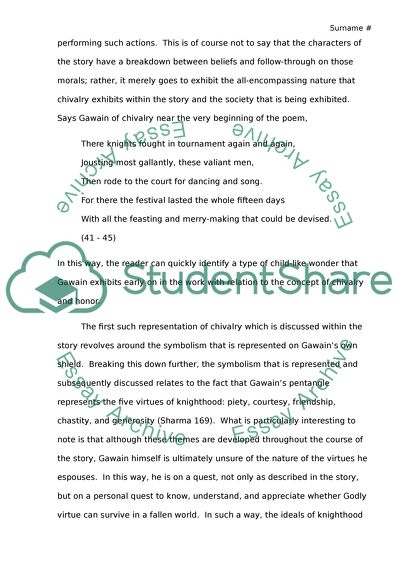Cite this document
(“Chivalry in all of its Various Representations in Sir Gawain and the Essay”, n.d.)
Retrieved from https://studentshare.org/literature/1463110-chivalry-in-all-of-its-various-representations-in-sir-gawain-and-the-green-knight
Retrieved from https://studentshare.org/literature/1463110-chivalry-in-all-of-its-various-representations-in-sir-gawain-and-the-green-knight
(Chivalry in All of Its Various Representations in Sir Gawain and the Essay)
https://studentshare.org/literature/1463110-chivalry-in-all-of-its-various-representations-in-sir-gawain-and-the-green-knight.
https://studentshare.org/literature/1463110-chivalry-in-all-of-its-various-representations-in-sir-gawain-and-the-green-knight.
“Chivalry in All of Its Various Representations in Sir Gawain and the Essay”, n.d. https://studentshare.org/literature/1463110-chivalry-in-all-of-its-various-representations-in-sir-gawain-and-the-green-knight.


